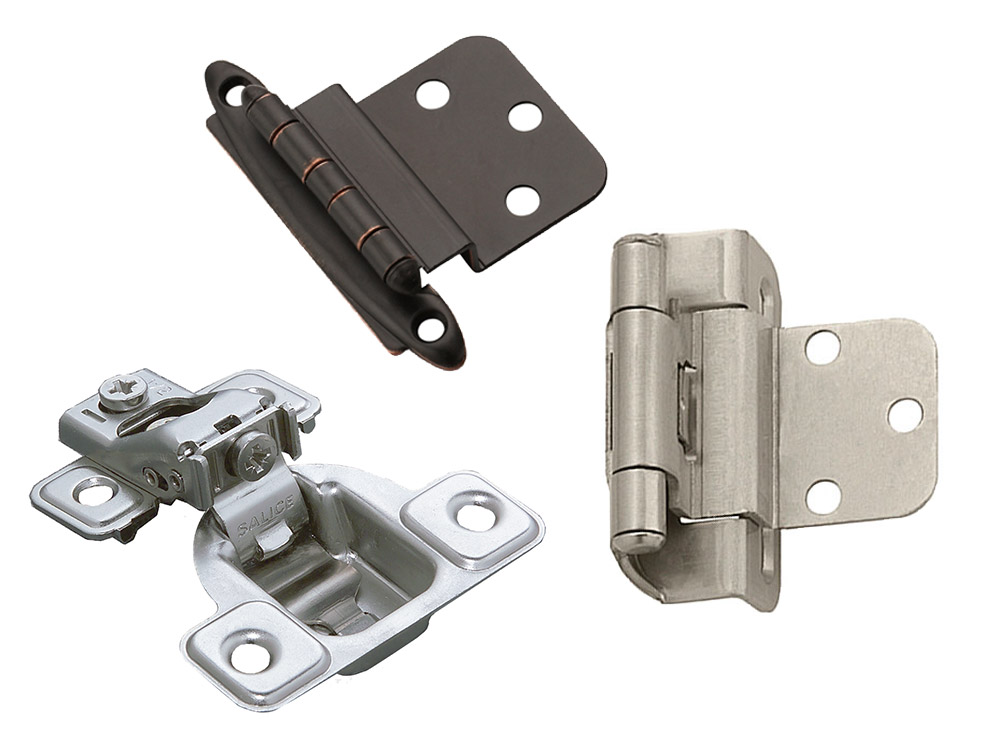Are Kitchen Drains Universal? What You Need to Know Before Installing or Replacing One
25 Jul 2025
KitchenIf you’ve ever replaced a kitchen sink, installed a new faucet, or remodeled a kitchen, chances are you’ve asked yourself: Are kitchen drains universal?
It’s a simple question — but the answer is a little more nuanced.
While many kitchen drain components are standardized, especially in North America, not all drains and plumbing setups are interchangeable. Understanding what is standard — and what can vary — is essential for a smooth installation, especially if you're dealing with unique sink materials, custom cabinetry, or garbage disposals.
What Is Standard About Kitchen Drains?
Drain Hole Size
In the United States, the standard kitchen sink drain hole diameter is 3.5 inches (90mm). This size accommodates most common basket strainers and garbage disposal units, which are designed with this specification in mind.
Tailpiece Size
The vertical pipe (tailpiece) that connects the drain to the P-trap is usually 1.5 inches in diameter, a consistent standard in residential kitchens across the U.S.
Garbage Disposal Mounts
Most garbage disposals use a standard 3-bolt or EZ-mount system, making them compatible with typical kitchen sink drain openings — especially stainless steel sinks.
What Can Vary Between Kitchen Drains?
Sink Material and Thickness
Not all sinks are created equal. Thicker sinks — like fireclay, stone, or cast iron — may require extended flanges or custom drain kits to ensure a proper seal.
Plumbing Configuration
While drain outlets might be standard, under-sink plumbing layout varies depending on cabinet size, wall access, and whether you’re installing a disposal or not. You may need to adjust the position of the trap arm or use extension pipes.
International Sinks
Imported sinks (particularly from Europe or Asia) may come with non-standard drain sizes or threading, which could require adapters or specialty components.
Drain Placement
Some modern sinks feature rear-offset drains or corner drains, which can affect how the plumbing is routed below — especially if you're replacing a traditional center-drain sink.
Key Takeaway: “Mostly Standard, But Check the Details”
The good news: most residential kitchen sinks and drains are compatible with off-the-shelf hardware and fixtures available at Home Depot, Lowe’s, or plumbing supply stores.
The caution: always double-check specifications before you purchase or install. Things like sink depth, material thickness, and drain alignment can impact what components you’ll need.
Pro Tip from F&M
When replacing or installing a new kitchen drain, we always recommend:
Measuring the sink hole diameter
Confirming material thickness
Checking your local plumbing code for compliance
Taking a picture of the existing setup before visiting the hardware store
These simple steps can save hours of frustration and ensure a leak-free, long-lasting result.
Need Help?
At F&M Construction and Remodeling, we handle everything from simple fixture swaps to full kitchen overhauls. Whether you're dealing with an old sink that doesn't quite match up or you're planning a modern kitchen with a custom layout, we’re here to make sure your plumbing is done right the first time.
Related Posts:
Schedule a free visit today.
We will visit your space to better understand your needs and we will send you a quote for your project for free.




